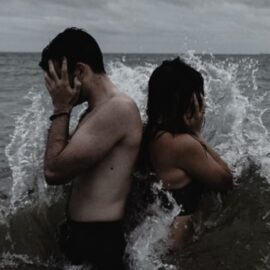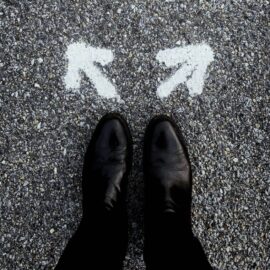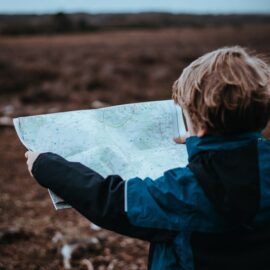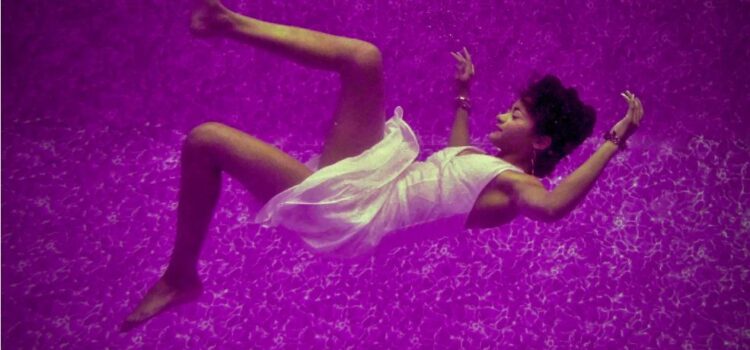
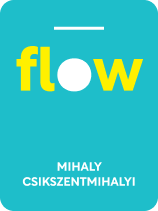
This article is an excerpt from the Shortform book guide to "Flow" by Mihaly Csikszentmihalyi. Shortform has the world's best summaries and analyses of books you should be reading.
Like this article? Sign up for a free trial here .
What activities help us enter the flow state? What can you do to transform any activity into a flow activity?
Almost any activity can help you enter the flow state if approached in the right way. In order to turn an activity into a flow experience, you should follow the six steps detailed in this article.
Continue below to learn more about reaching the flow state through activity.
Reaching the Flow State
There are a variety of enjoyable ways to use your body. Every sense we perceive—such as tasting and hearing—and movement we’re capable of making corresponds to one or more flow experiences. The ability to run, throw, swim, or sing could all yield the flow state if you work on them in the context of a goal or social setting that offers structure and challenge. Yet many of us don’t use goal setting to actively cultivate our senses or physical ability to maximize our enjoyment of life, leaving the senses, to provide us with chaotic, disordered information.
For example, if you don’t train yourself to run efficiently, you might feel clumsy or move in inefficient ways that make it less enjoyable. Training gives order to your consciousness and helps you feel more in harmony with the world around you. To achieve this, find the motivation and discipline to set goals and develop the skills to achieve them.
Choosing the Right Activity for You
To find the right physical or sense-related activity for yourself, such as running or listening to music, pick something you have a genuine interest in. Otherwise, you may do something because you think you “should.” Though you may successfully stick with the activity, you won’t enjoy yourself. For example, don’t do pilates just because you think it’ll make you healthier; do it because you want to be healthier and you think it’ll help you be healthier and overcome a challenge.
Ordering an Activity: The Key to Finding Flow
To transform an activity into a flow activity, create a framework for what you want to do and how you’ll measure progress. Here’s how:
- Set a goal. Write your main goal and any related, smaller goals you need to achieve first.
- Decide how you’ll measure your progress. This could be any unit of measure. For example, if your goal is to decrease the time it takes you to run a mile, you’d measure progress in time.
- Concentrate on the activity. Flow comes with focus. Choosing an activity that is challenging enough will help you concentrate on it.
- Study all aspects of the activity to understand its nuances. For example, if your goal is to improve your golf game, you might study different putting techniques.
- Develop the skills needed to take advantage of any new opportunities. When you first set a goal, you may not be aware of all the opportunities available to you. As you learn of them, develop the skills you need to take advantage of them.
- Don’t get bored. Once you’ve mastered your goal, your activity won’t feel challenging and may become boring. Recognize when you’re starting to get bored and create a new goal to challenge yourself.
Example: An activity as simple as walking can be made into a flow experience using the previous principles. For instance, your walking goal could be following a specific route, seeing a new sight, or finding the most efficient way to move your body. You might create challenges for yourself such as interpreting the activities of people you see, getting from one point to another using the shortest route possible, or observing the architecture of buildings you pass. Walking is a simple activity, yet there are many ways to make it more enriching for yourself following these principles.

———End of Preview———
Like what you just read? Read the rest of the world's best book summary and analysis of Mihaly Csikszentmihalyi's "Flow" at Shortform .
Here's what you'll find in our full Flow summary :
- Why people feel the happiest when they're in the "flow state"
- What activities and personality traits promote flow
- Why you may have a paradoxical relationship with work and leisure



